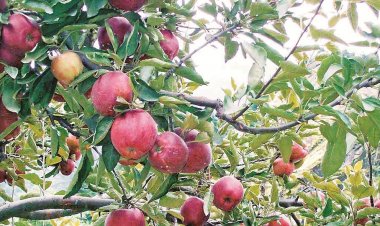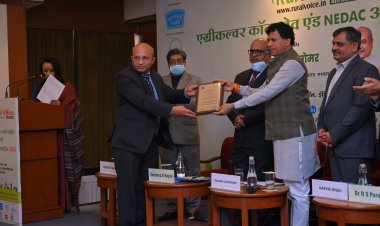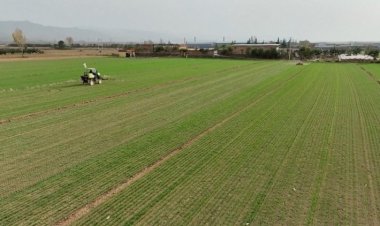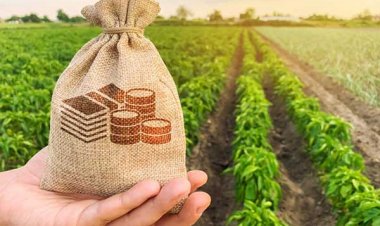How Cumin (jeera) turns 'diamond' (heera) for farmers, Read full story
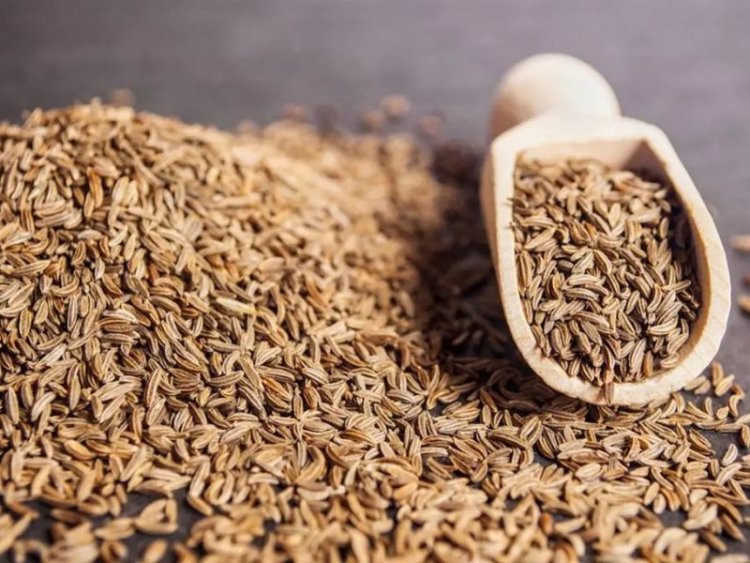
Cumin is a very important ingredient in Indian food. Without this, the seasoning of pulses and vegetables cannot be imagined. Now it is also adding spice to the income of the farmers and proving to be 'diamond' for them.
The price of cumin has created history this year. Cumin, which was sold at Rs 12,000-13,000 per quintal in agricultural produce markets till five years ago, has reached Rs 50,000 per quintal this year. This bid was made by spice processing company MDH in Merta Mandi of Nagaur district of Rajasthan. In Unjha, Gujarat, the country's biggest cumin market, its price has reached Rs 45,000 per quintal. Farmers are happy that the prices have reached this level.
The rise in cumin prices is due to its increasing demand in the domestic and global markets. India ranks first in the production of cumin in the world, thanks to Gujarat and Rajasthan which have the highest production of cumin in India. However, unseasonal rains and hailstorms have affected the crop this year, pushing up cumin prices to this level. Since 2018, its price is continuously increasing.
RuralVoice has analysed the various reasons behind the story of cumin becoming ‘diamond’. This has been achieved through the combined efforts of Spices Board of India, Department of Biotechnology, Government of India, direct procurement from farmers by spice processing and marketing companies, and organisations working for the cause of cumin farmers.
Bhagirath Choudhary, founder director of the South Asia Biotechnology Center and NABARD Agricultural Export Facilitation Centre, Jodhpur, who runs the Biotech Kisan Project for cumin farmers in western Rajasthan, is one of them.

On the price boom of cumin, he says, “The price of cumin has been increasing well for the last three-four years. In 2022, cumin had crossed Rs 37,000 per quintal, while its benchmark price was Rs 25,000. This time it has reached Rs 50,000 and it is expected that the benchmark price will be around Rs 32,000 per quintal.
According to Choudhary, “Cumin farmers were not getting the right price for their produce till now. The market forces and middlemen were not allowing the right prices to reach them. The big and small traders who bought for the middlemen and spice companies were working against farmers’ interests. Keeping in mind the interests of cumin farmers, in the last four years, through the Department of Biotechnology, Government of India, I have run a big project called Biotech Kisan Project. Today every farmer is aware of this.
"First of all, we focused on how to get the right price to the farmers as there was a difference of 5-10 times between the price received by the farmers and the price paid by the consumers. We tried a lot how to reduce this huge gap. Our second attempt was how to improve the quality. Regarding this, more than 250 demonstrations were done in entire Rajasthan. Under this, four-five big farmers' fairs were organised every season. This helped a lot in improving the quality.
Also Read This: Sugar output drops 17.7 lakh tonnes as mills close early
"This is the reason why big spice companies are buying 20,000 tonnes of pesticide-free cumin directly from farmers in western Rajasthan today. These include many big companies like ITC, McCormick, MDH, Janta Global, and Rapid Organic, who are procuring from the fields only."
Pesticide-free cumin is known as IPM (Integrated Pest Management). Its cost is 15-20 percent more than normal cumin. It is also called organic cumin. Cumin cultivation is carried out mostly in Barmer, Jaisalmer, Nagaur, Jodhpur, Pali, Sanchore, and Jalore districts in western Rajasthan. Choudhary says that because of this, the base value of common cumin also increased. This brought a huge change in the market.
Last year, the Federation of Indian Spices Stakeholders (FISS), which is a major group buying cumin in Unjha, was invited to buy it in Rajasthan. Through that group, today about two dozen companies, including multi-nationals, small and big companies, keep roaming in the dhanis of western Rajasthan to buy cumin.
Apart from this, the Rajasthan Association of Spices was formed, which reduced the dependence of Rajasthan on Unjha. Earlier, 90 percent of cumin seeds in Rajasthan were sold in Unjha. Today companies are buying more and more cumin seeds from the farmers of the state. Due to the improvement in quality and this process of delivering the price directly from the companies to the farmers, a continuous increase in the price is being registered.
Choudhary says, “The decline in cumin sowing area is also one of the reasons behind the price rises this year, especially in Rajasthan. It is sown in November-December. The temperature was above normal in Rajasthan at that time, it was not good for the crop as it affected germination. At that time the price of mustard was high, so the farmers preferred to sow mustard instead of cumin."
The temperature suddenly increased in February and there was unseasonal rain and hailstorm in March, which caused considerable damage to the crop. Cumin is a very sensitive crop. Even slight fluctuations in temperature affect its yield. Due to this, the supply was affected and the prices increased.
Choudhary says that one of the reasons for the big jump in prices is that some companies have got huge orders for cumin seeds from the global market. Cumin-producing countries in Asia like Turkey and Egypt have also low production due to weather and the dependence of the international market on India has increased.
All these reasons have played a big role in cumin prices reaching Rs 50,000 per quintal. This is the price of common quality cumin. The price of IPM cumin is 15-20 percent more than this, which is cultivated more in Barmer district. The average yield of cumin is 7-8 quintals per hectare, while the cost is Rs 30,000 to 35,000 per hectare.



 Join the RuralVoice whatsapp group
Join the RuralVoice whatsapp group
































